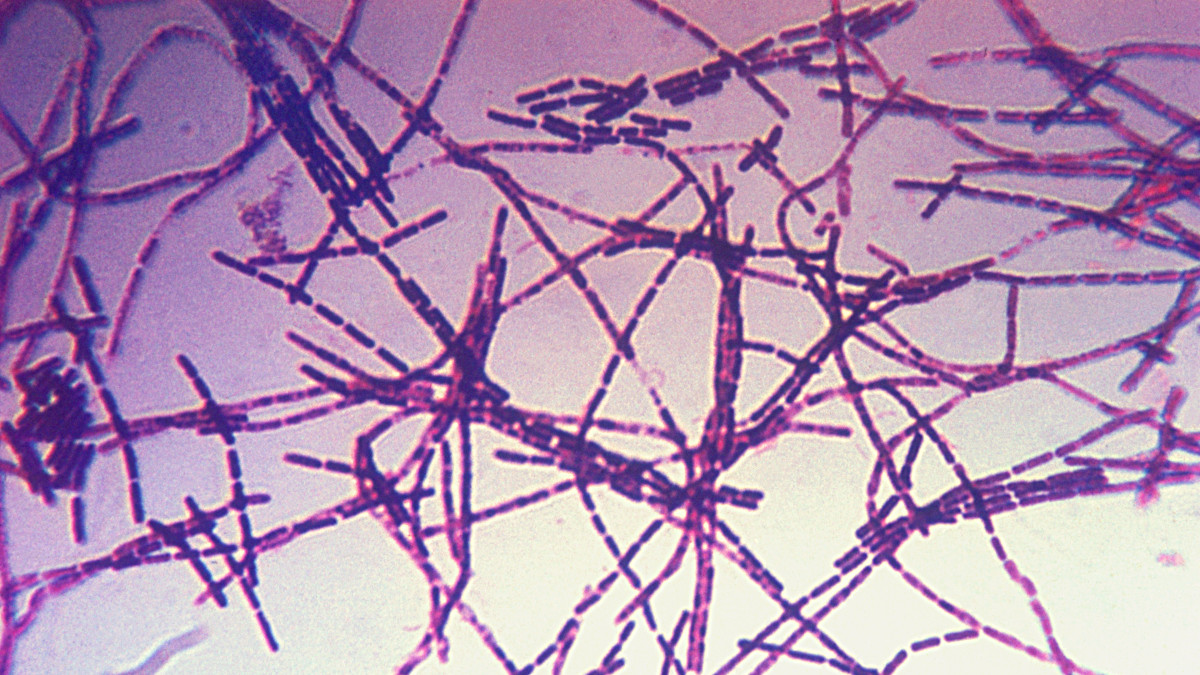Global warming has, in certain instances, amped up some of the world’s most deadly diseases.
disease
El cambio climático podría cambiar el perfil patogénico de las enfermedades diarreicas
Una enfermedad causada por rotavirus podría disminuir a medida que aumenta la temperatura, mientras que las condiciones más húmedas podrían favorecer a algunos competidores bacterianos.
Higher Lead Concentrations Found in Diseased Bones
Researchers compared trace element concentrations in patients with and without osteoporosis, finding possible differences in bone geochemistry between the groups.
Climate Change Could Reshape Pathogen Profile of Diarrheal Disease
An illness caused by rotavirus could recede as temperatures warm, whereas wetter conditions might favor some bacterial competitors.
Rethinking How Valley Fever Spreads
Scientists have long assumed that dust storms lead to infections with the desert soil fungus Coccidioides, but new evidence suggests otherwise.
Air Pollution Poses Inequitable Health Risks in Washington, D.C.
Certain health risks are greatest in neighborhoods with higher proportions of people of color and lower levels of income and education.
App Tracks Harmful Mosquitos with Help from Crowdsourced Science
While collecting data using an app, volunteers have the chance to support research and fight mosquito populations on the ground.
Does Bad Air Cause Lung Cancer?
Papers are welcomed for a new cross-journal special collection exploring the links between air quality and lung cancer.
Integrating Data to Find Links Between Environment and Health
Several obstacles stand in the way of integrating social, health, and Earth science data for vital geohealth studies, but there are tools and opportunities to overcome these obstacles.
Lyme Disease and the Dangers of the Forest Edge
Living near a forest edge may be an important risk factor for Lyme disease; these liminal spaces provide the perfect habitat for one of the black-legged tick’s favorite hosts.










